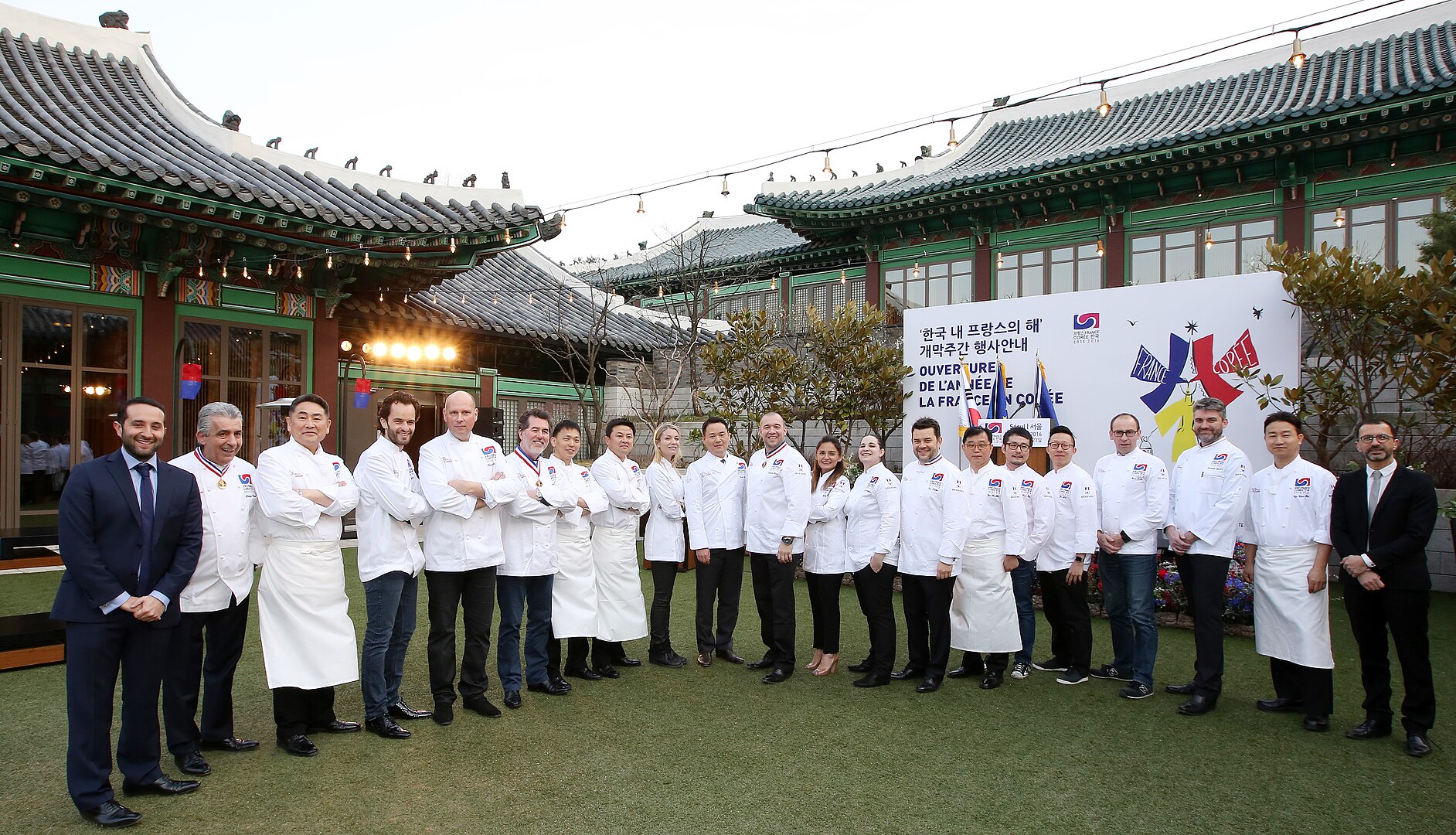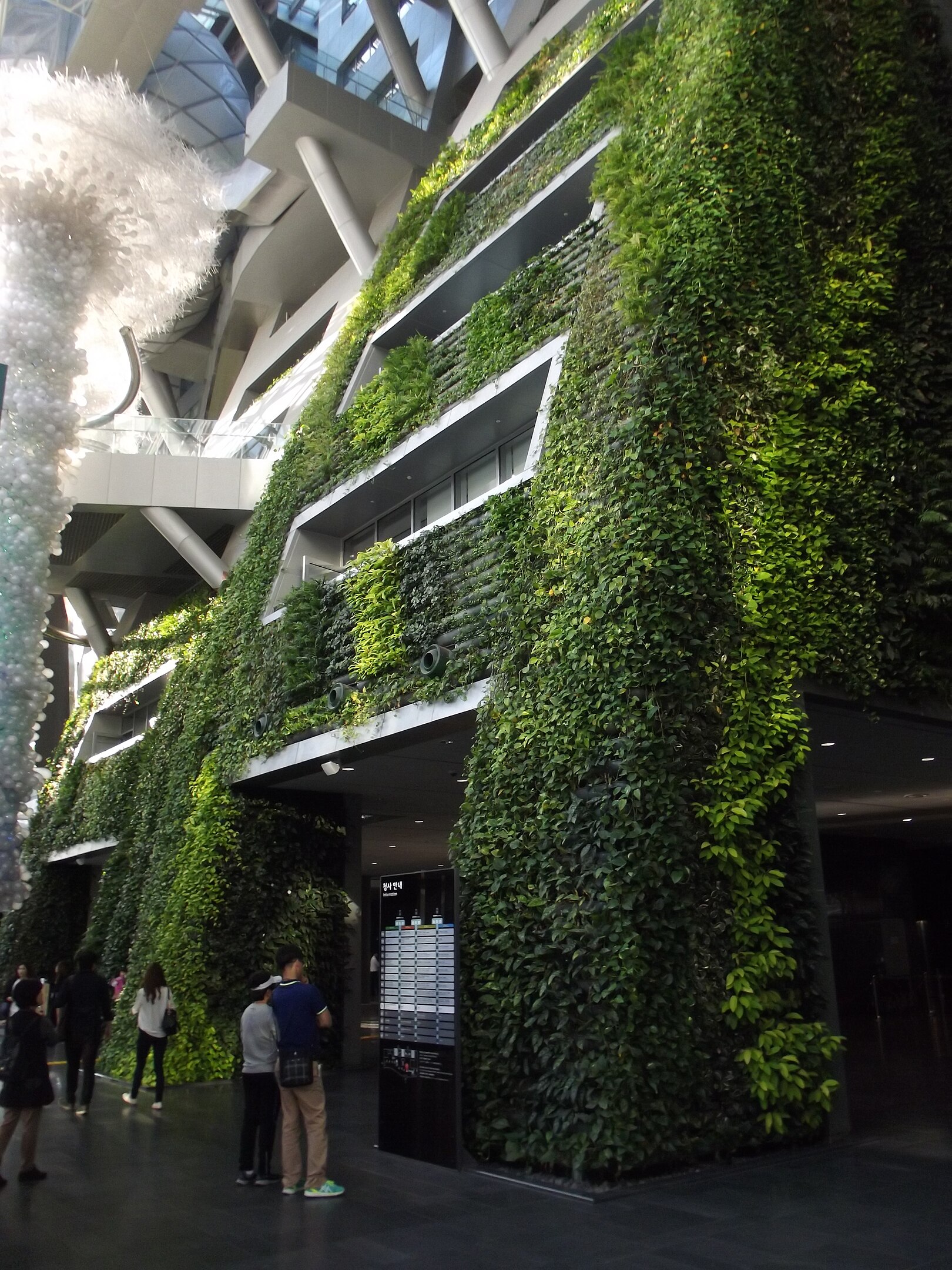
Green Wall
Seoul’s City Hall
The architecture of Korea has evolved through centuries, incorporating various styles from its own traditional designs to foreign influences, including colonial and modern architectural styles. This evolution reflects changes in cultural, socio-political, and technological landscapes across different historical periods. Here’s an overview of Korean architecture through these lenses:
Traditional Korean Architecture
Traditional Korean architecture is characterized by its harmony with nature, the use of wooden structures, distinctive curved roofs with tile decorations, and the layout that emphasizes the importance of orientation and geomancy (Feng Shui). Key elements include:
- Hanok: Traditional houses that are designed with consideration to their natural surroundings, seasonal changes, and the principles of yin and yang. They feature ondol (underfloor heating) and maru (a wide wooden floor space for cooling).
- Palaces and Temples: Magnificent examples include Gyeongbokgung Palace and Bulguksa Temple, showcasing intricate wooden structures, beautifully painted decorations, and expansive complexes that were built according to the strict hierarchy and Confucian values of the society.
Colonial Architecture
During the Japanese colonial period (1910-1945), Korean architecture saw the introduction of Western and Japanese architectural styles, leading to a significant shift from traditional designs. This period introduced:
- Government Buildings and Public Infrastructure: Many buildings constructed during this time were designed to assert Japanese authority, featuring a mix of Western and Japanese architectural elements. Seoul Station and the Bank of Korea Museum are examples of this era.
- Urban Planning: The colonial government initiated major urban planning projects, altering the landscapes of cities like Seoul, with the introduction of new roads, railways, and public buildings, significantly impacting the architectural landscape.
Modern Architecture
Post-liberation, Korea experienced rapid industrialization and urbanization, leading to the emergence of modern architecture, characterized by:
- Innovative Use of Technology and Materials: Modern Korean architecture embraces steel, glass, and concrete, moving away from traditional wooden structures. The focus is on high-rise buildings, efficient use of space, and incorporating green technology.
- Global Influences and Unique Designs: Contemporary architects blend global trends with Korean traditions, resulting in unique and innovative designs. Examples include the Dongdaemun Design Plaza (DDP) by Zaha Hadid and the Lotte World Tower, which reflects the country’s ambition and technological advancement.
- Sustainability and Green Architecture: Recent trends emphasize sustainable design, energy efficiency, and eco-friendly materials. The Ewha Womans University Campus Complex is an example, designed with consideration for environmental sustainability and aesthetic appeal.
Blue House
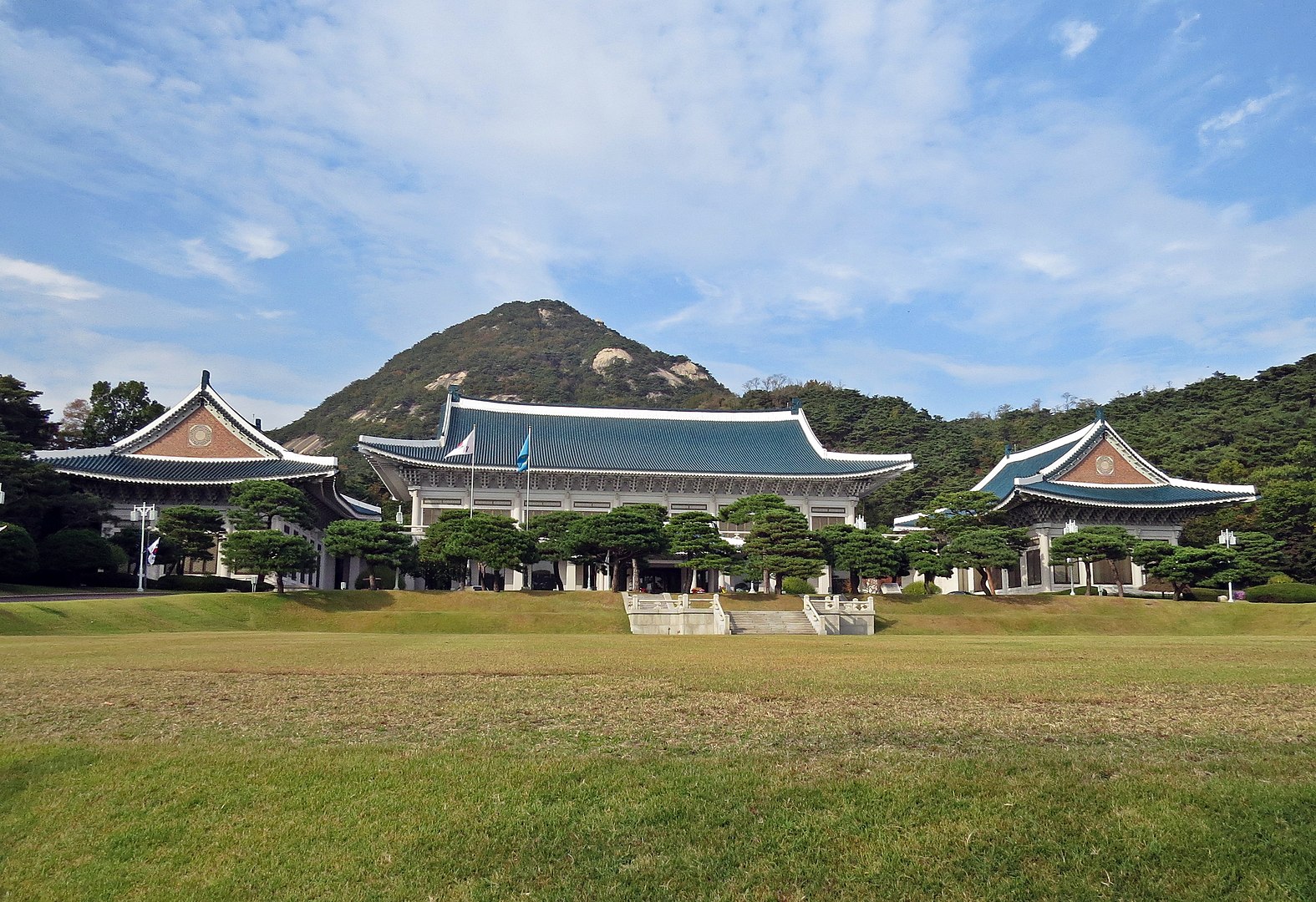
Chosen Commercial Bank
Head Office
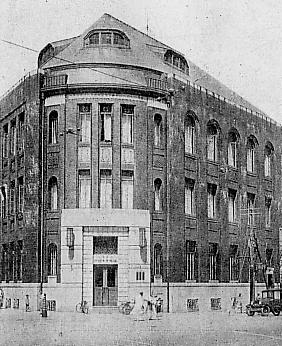
Grand Peoples Study House
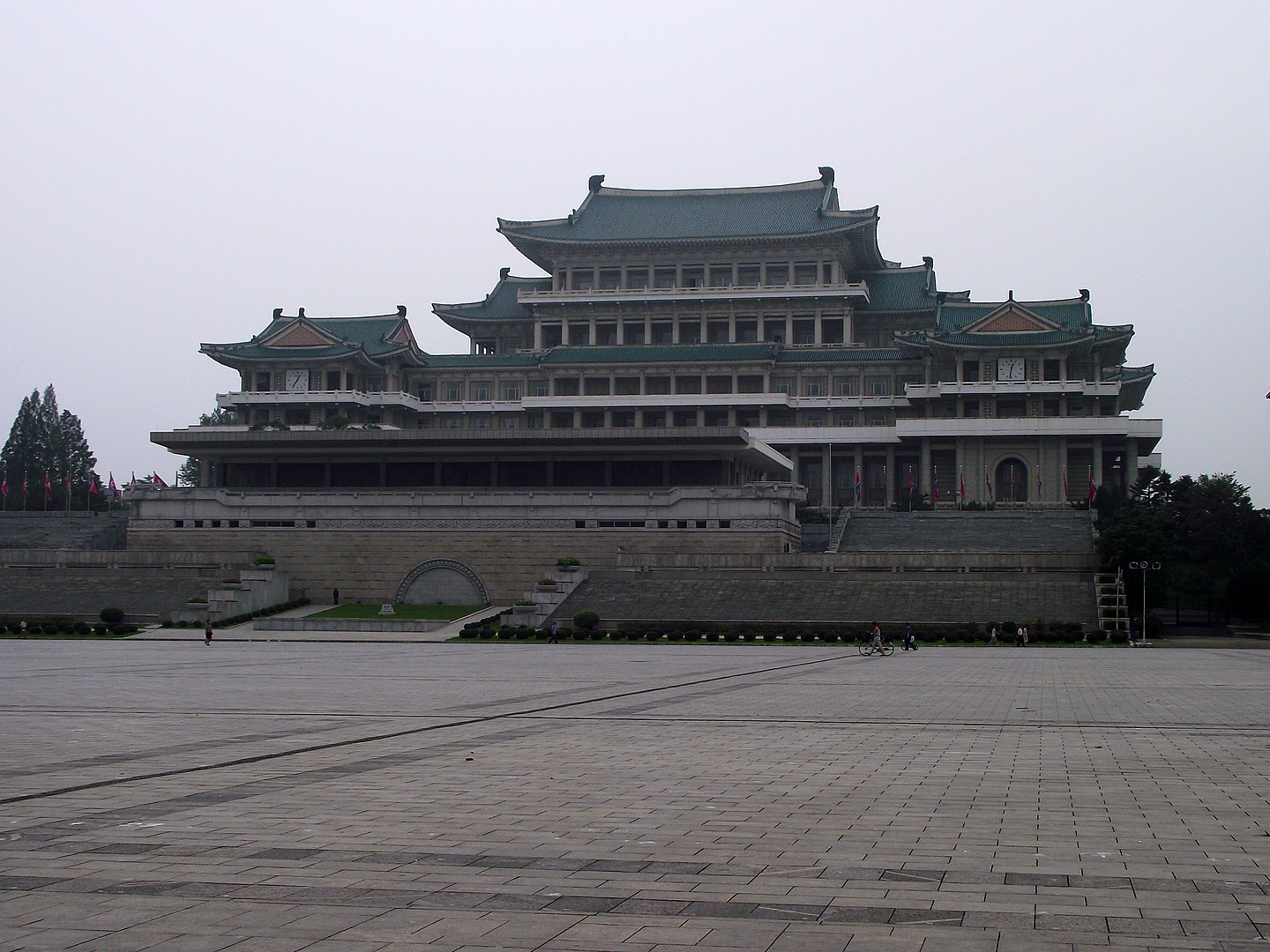
Hyeonchung Gate
National Cemetery
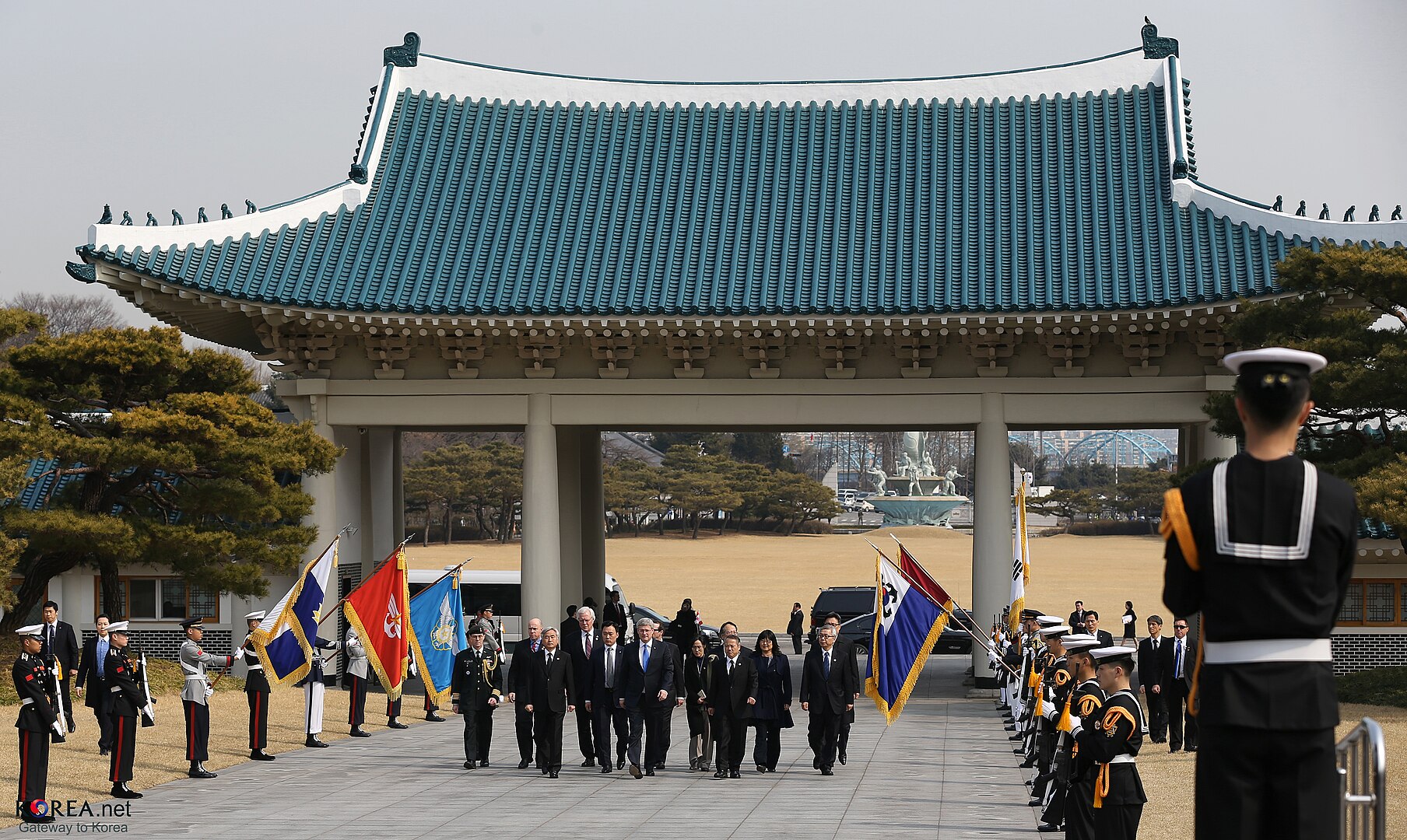
International Friendship Exhibition
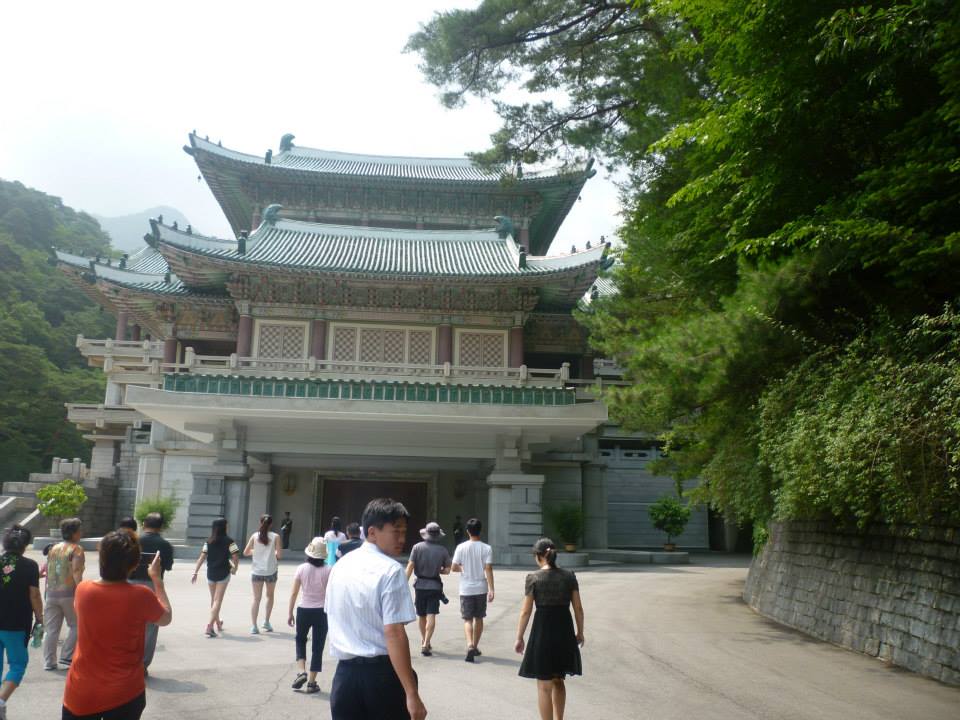
Jinsen Shrine
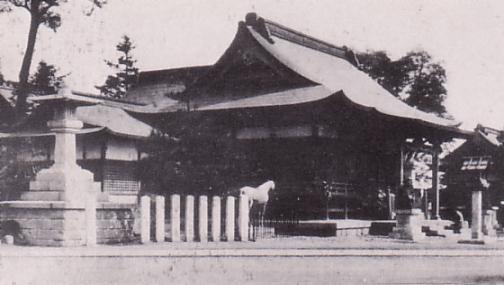
Nippo Company Building
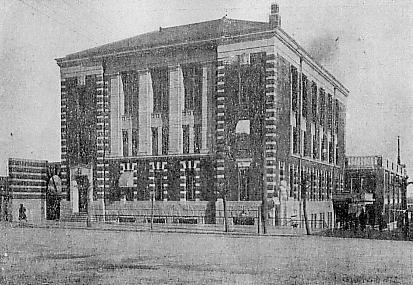
Okryu Gwan
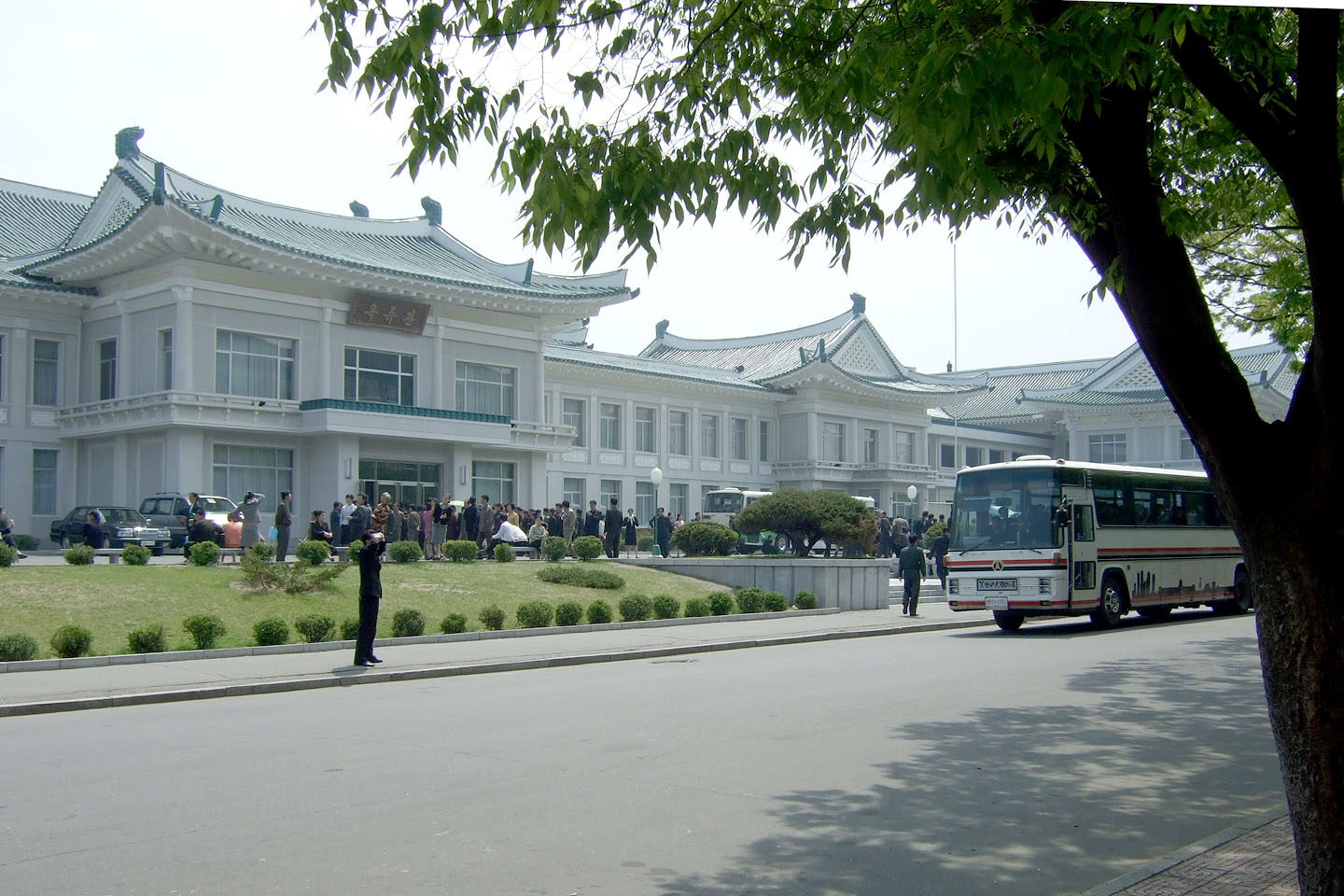
Seoul City Hall
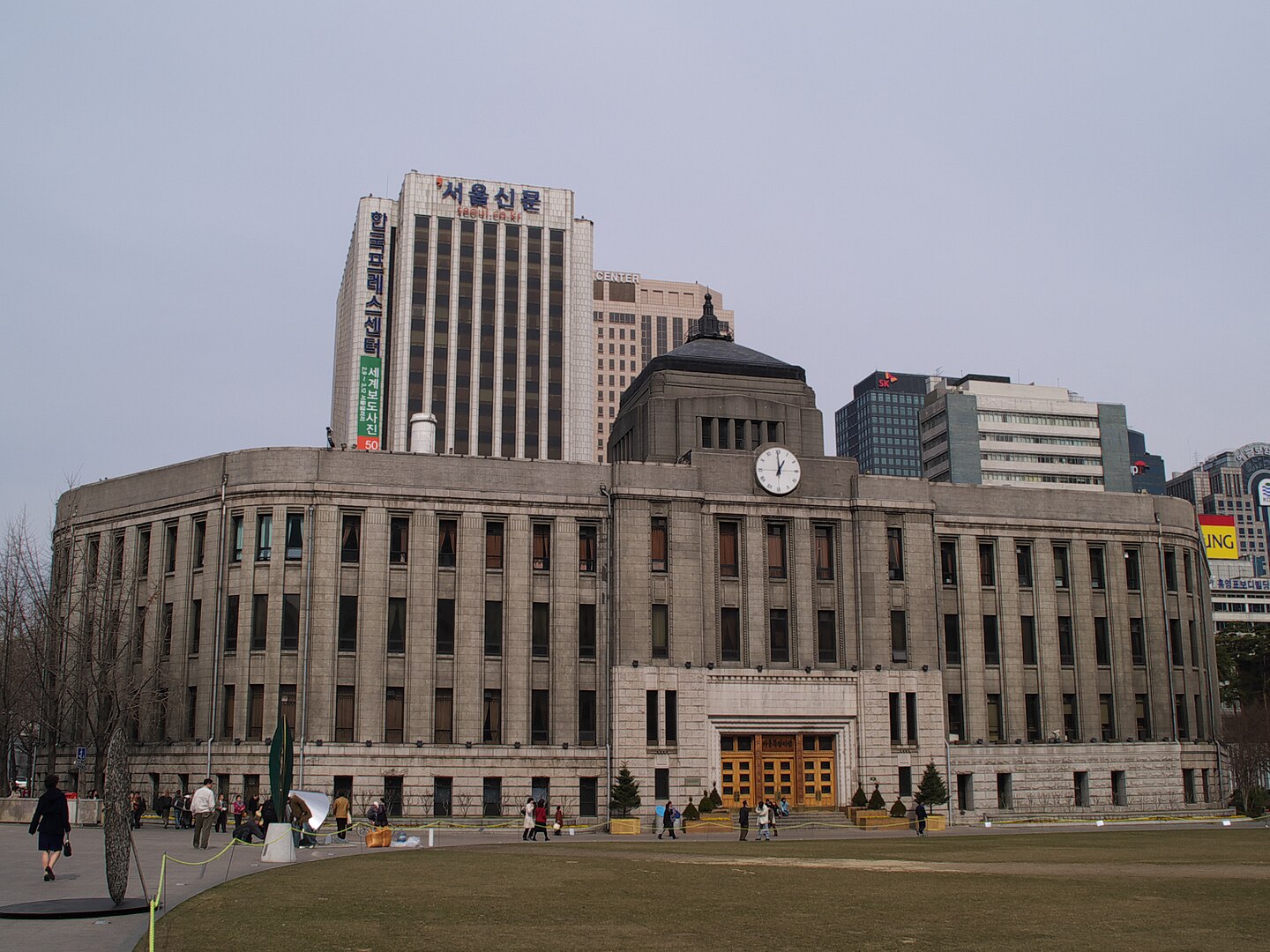
Seoul Station
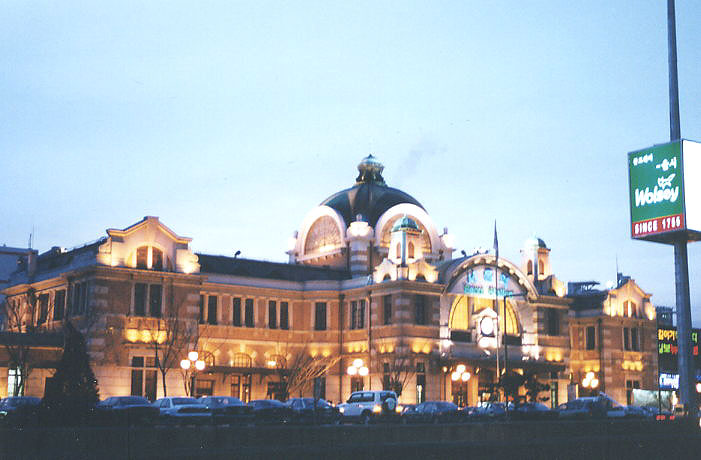
Yeong Bin Gwan
Shilla Hotel
